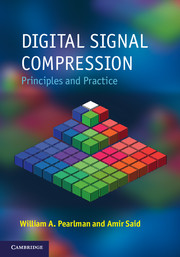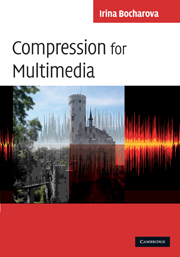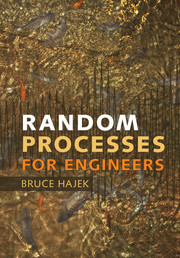Digital Signal Compression
With clear and easy-to-understand explanations, this book covers the fundamental concepts and coding methods of signal compression, whilst still retaining technical depth and rigor. It contains a wealth of illustrations, step-by-step descriptions of algorithms, examples and practice problems, which make it an ideal textbook for senior undergraduate and graduate students, as well as a useful self-study tool for researchers and professionals. Principles of lossless compression are covered, as are various entropy coding techniques, including Huffman coding, arithmetic coding and Lempel-Ziv coding. Scalar and vector quantization and trellis coding are thoroughly explained, and a full chapter is devoted to mathematical transformations including the KLT, DCT and wavelet transforms. The workings of transform and subband/wavelet coding systems, including JPEG2000 and SBHP image compression and H.264/AVC video compression, are explained and a unique chapter is provided on set partition coding, shedding new light on SPIHT, SPECK, EZW and related methods.
- Provides clear explanations of the fundamentals, without compromising on rigor
- Includes descriptions of algorithms in set-aside boxes to help the reader understand how to program the algorithm and apply it in practice
- Covers important material not readily available elsewhere, such as dead-zone coding, distributed source coding, image wavelet coding and alphabet partitioning
Product details
October 2011Hardback
9780521899826
440 pages
254 × 178 × 25 mm
1.01kg
175 b/w illus. 39 tables 71 exercises
Temporarily unavailable - available from August 2023
Table of Contents
- 1. Motivation: the importance of compression
- 2. Book overview
- 3. Principles of lossless compression
- 4. Entropy coding techniques
- 5. Lossy compression of scalar sources
- 6. Coding of sources with memory
- 7. Mathematical transformations
- 8. Rate control in transform coding systems
- 9. Transform coding systems
- 10. Set partition coding
- 11. Subband/wavelet coding systems
- 12. Methods for lossless compression of images
- 13. Color and multi-component image and video coding
- 14. Distributed source coding.






